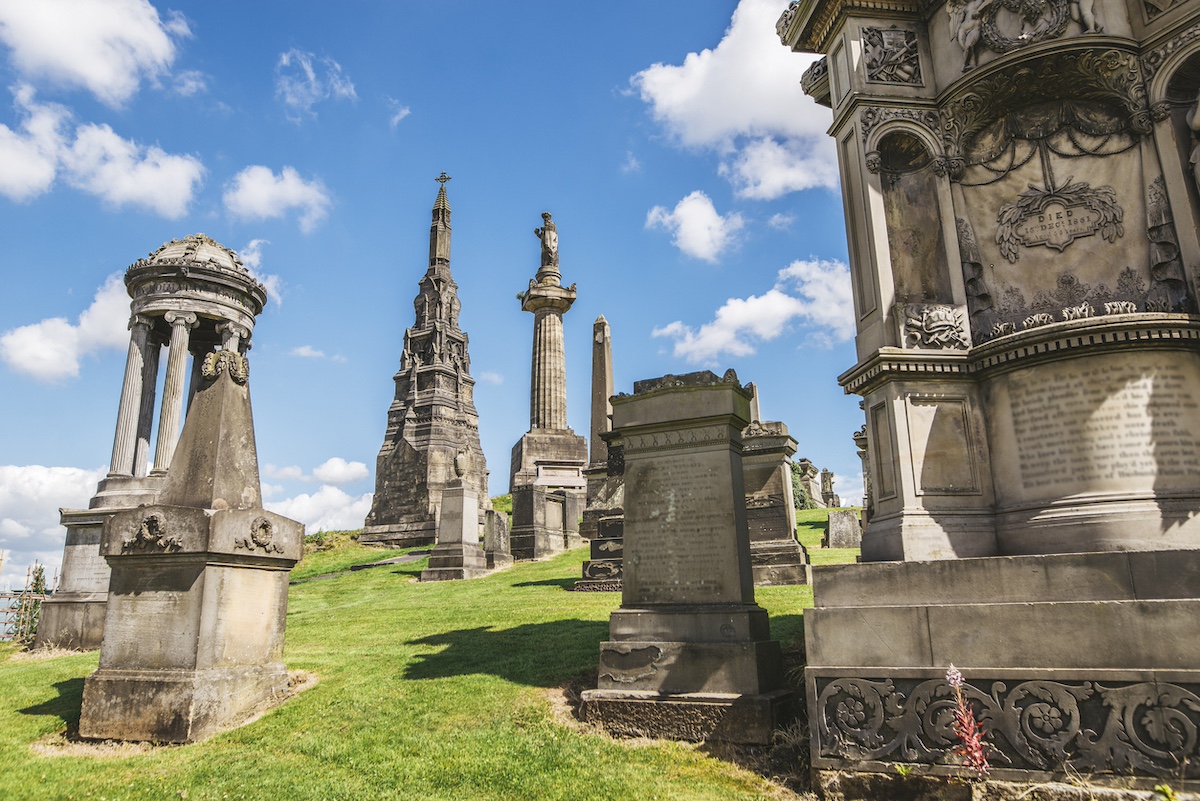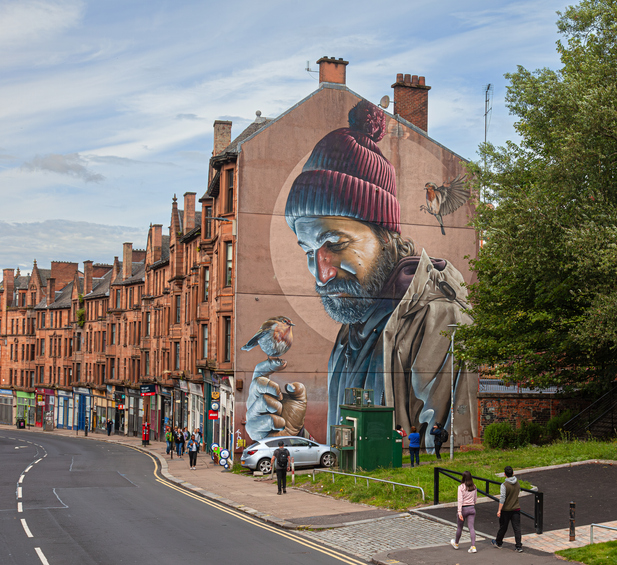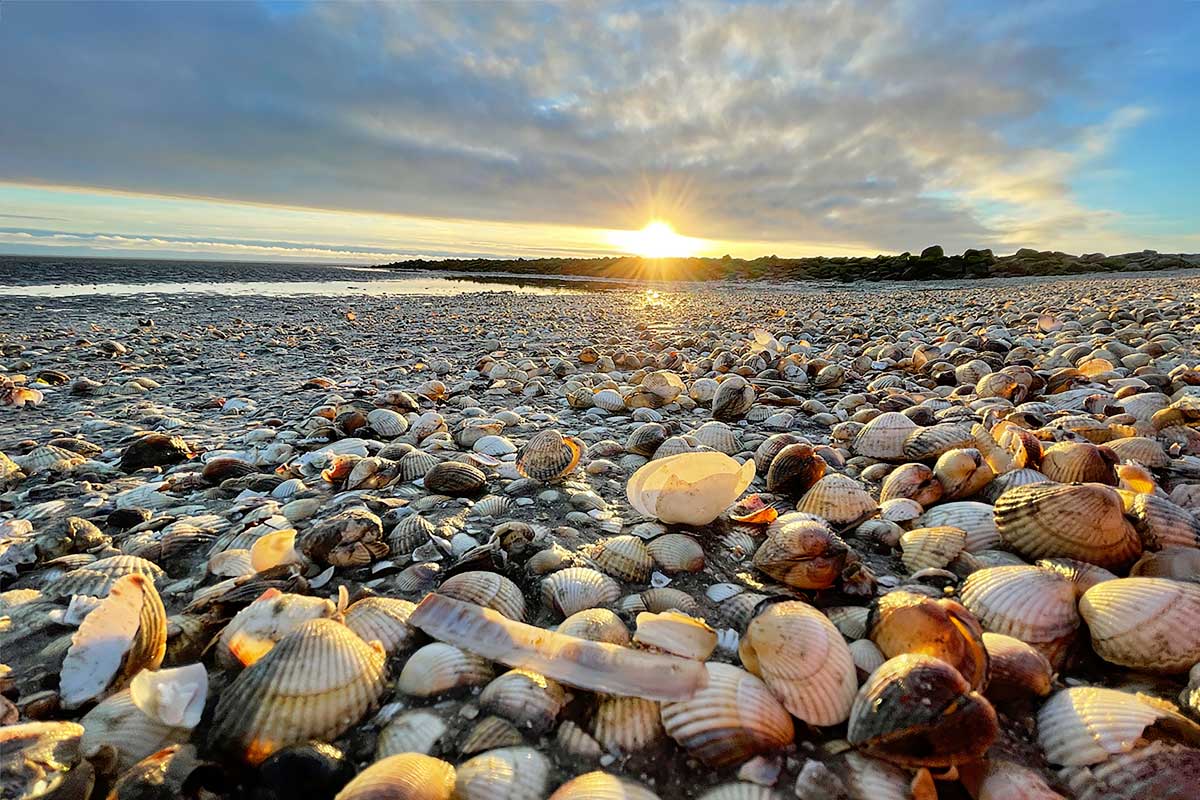Eclectic, lively, dynamic: Glasgow it is a city of Scotlandperfect to discover during a weekend or a short stay.
Glasgow's soul is suspended between past and present. On the one hand, there is Victorian architecture, built with funding from 19th-century tobacco lords, the Art Nouveau works of architect Charles Rennie Mackintosh (the creator of the so-called Glasgow style) and all those buildings, construction sites and factories that represent the industrial heritage of the 18th-20th centuries, when trade and shipbuilding made the city prosper.
On the other hand, here is the contemporary city, home to museums and art galleries, a renowned university centre, lively shopping streets and a nightlife rich in entertainment, including restaurants, pubs and clubs offering a wide programme of concerts and live music. It is no coincidence that, due to its deep interest in music, UNESCO has designated it as one of the 19 “Cities of Music” in Europe.


What to do and see on a weekend in Glasgow
Ideal destination to start discovering the ScotlandThe city offers various possibilities to spend a weekend of art, culture and entertainment.
The leaden sky for most of the year should not discourage even the most meteorological: beyond all forecasts, in fact, a flash of light arrives (almost) always and always suddenly to illuminate the city. And at that moment, even the darkest and most gloomy buildings seem animated and the streets of the center fill up again. Glasgowians (Glassegians) and tourists, street musicians and vendors, even on the coldest days.
ALSO DISCOVER: On the North Coast 500 route, the most beautiful road in Scotland: the stages not to be missed


Visit the historic centre of Glasgow
On a hill in the eastern part of the city, the East End, are the Cathedral of San Mugopatron saint and legendary founder of Glasgow, and the Victorian cemetery commonly known as Necropolis.
In Castle Street, The cathedral is one of the oldest surviving churches in Scotland and an excellent example of 12th-century Gothic architecture.
Behind it, beyond a bridge that is curiously called the “Bridge of Sighs”, the city of the dead offers eternal rest to more than 50,000 people in common burial places and to more than 3,000 people in memorials and mausoleums.
Many of them are true works of art, such as the monument in which John Knox, leader of the Protestant Reformation in the 16th century and a key figure in the founding of the Church of Scotland, is buried, perched atop a Doric column.
The visit to the Necropolis is free and offers a suggestive view of the Cathedral and part of the medieval city. The association Friends of Glasgow Necropolis organizes guided tours in English.
SEE ALSO: Scotland: Glen Etive, one of the most fascinating rivers in the heart of the Highlands


Experience the vibrant atmosphere of Merchant City
Coming down from the Cathedral hill among the murals which colour the large facades of the buildings and palaces, you take the main thoroughfare of the Gallowgate then the Trongate.
This is where the heart of Glasgow beats, Merchant citythe area of trendy cafes and shopping streets such as Buchanan Street, Argyle Street and Ingram Street.
From a place of dwellings and warehouses in the 18th century, it has now, after careful urban redevelopment, become a micro-neighbourhood with a lively atmosphere. The area is also the centre of Glasgow's LGBTIQ+ nightlife, with many pubs and clubs. cool.
In 1796, the very first nucleus of the district also emerged in the northern area of the district. StrathClyde University, an institution that currently enjoys an international reputation.
A few years earlier, in 1781, George Square was built, the city's main square named after King George III. In the centre of the square, the obelisk topped with the statue of Walter Scott stands directly opposite the Town Hall, known for its Carrara marble staircase and which can be visited on free tours.
ALSO READ: Edinburgh and Glasgow: British style and bold architecture


What to see near Glasgow's historic centre
A little further from the center, the People's Palace represents an interesting museum complex. It was built in 1898 and houses photographs, murals and films that tell the socio-cultural history of Glasgow from the 18th century to the present day (It is currently closed: check the reopening on the official websiteed.).
Adjacent to the Palace, you can drink tea or coffee among exotic flowers and plants Winter gardens at the Victorian Greenhouse Café.
Kelvingrove Art Gallery and Museum
Art in Glasgow finds its place within the Kelvingrove Art Gallery and Museum. Inaugurated in 1901, and renovated in 2006, after three years of closure, it is one of the most important museums in the city. The structure houses more than eight thousand works including furniture, paintings, sculptures and weapons from the 20th century, it is in Spanish Baroque style and does not stand out for its beauty (at least from the outside).
Among the most famous masterpieces exhibited in its twenty-two galleries are the paintings of Van Gogh, Monet, Renoir and Pissarro from the French Gallery. During the visit, it is also possible to meet Sir Roger, a huge Asian elephant, and to observe up close the Christ of San Juan de la Cruz, one of Salvador Dalí's most famous paintings. Naturally, there is a section dedicated to the local architect Charles Rennie Mackintosh.
Kelvingrove Art Gallery and Museum is located close to the University of Glasgow's main campus in Gilmorehill and adjacent to Kelvingrove Park.
Modern Art Gallery
Within a few minutes walk from George Square you can reach the Gallery of Modern Art (GoMA)the second most visited modern art gallery in the UK after the Tate Modern in London.
Opened in the 1990s, it occupies one of the most unique neoclassical buildings in the Merchant City.
As well as temporary exhibitions of paintings, sculptures and photographs by British and international artists, it hosts events and workshops of all kinds. And, like all Scottish museums, entry is free.
Street art in Glasgow
Outside the walls of museums and galleries, just browse Downtown Mural Trail to gorge oneself on works of Street art.
The route winds through the main streets of the centre and the murals included in the route are impressive both in size and finish. Highlights include the portrait of the students of the University of Strathclyde and the modern interpretation of St Mungo's.
Merchant District: the new innovation district
An urban renewal project is changing the look and feel of the market town. Scotland’s ambitious plan to create a global hub for entrepreneurship, innovation, collaboration and technology in Glasgow’s historic district is being supported by the University of Strathclyde and other public and private stakeholders.
The District will host innovative companies and organizations operating in different sectors, all sharing the intention of pursuing inclusive growth, developing talent, implementing a research and development model in a living environment where “live, work, play and innovate”.
£1 billion has been allocated to start-ups and businesses to create hotels and leisure facilities, rental accommodation, private and student accommodation from the regeneration of existing buildings and spaces.


Glasgow Community Centre
The inauguration of the new era of Merchant City was the opening of Glasgow Community Centrea reality urban which brings together travelers, students and locals to stay, study, work and have fun.


With an investment of over £90 million and the creation of over 80 jobs in the city, the new Merchant City hub has 494 rooms and the structure extends over 20,000 square meters. Of these, a large part is shared between guests, such as the coworking space, which can accommodate up to 222 workers per day, with formulas that vary from a dedicated desk to 20 private offices.


The Social Hub Glasgow has an all-day restaurant and bar. As well as a retail outlet take awaywhere you can buy food and drinks and a range of essential products as well as typical local and branded products from The Social Hub. One of the largest will also open soon roof bars in the city.


Hybrid Hospitality
Social Hub is a pioneer in the hybrid hospitality industry. The model was born in 2012 from entrepreneur Charlie MacGregor’s idea that “students deserve better.” In a short time, the Amsterdam-based group’s mission has evolved into “Everyone deserves better.”
Since then, the Social Hub has become a reference point for thousands of people with different needs: people who travel, work, study; digital nomads, professionals and tourists looking for accommodation for a night or a whole year.


All the facilities (18 already open in Europe, 5 new ones under construction, including 3 in Italy) offer accommodation, bars, restaurants, gyms, shops, meeting and event spaces and coworking spaces.
In addition to The Social Hub Glasgow, other structures currently operational are located in Austria, France, Germany, Italy (in Bologna and Florence), the Netherlands and Spain.
The Social Hub is committed to building a better society by enabling people with vision and talent to interact and connect. The Group aims to generate a positive social impact and bring tangible value to the communities that host it by designing spaces that foster connections between people, as well as varied experiences and a constant focus on the impact of its activities.


